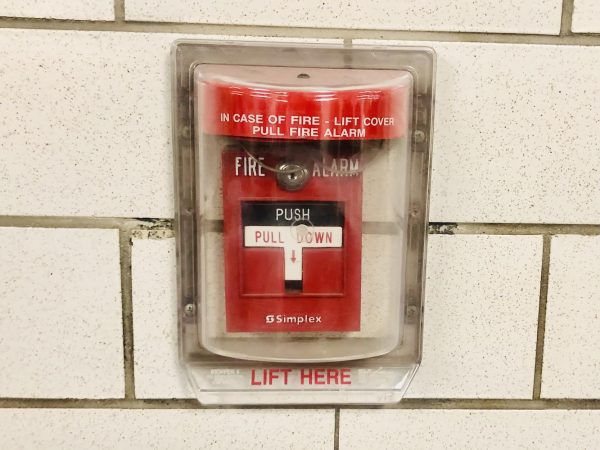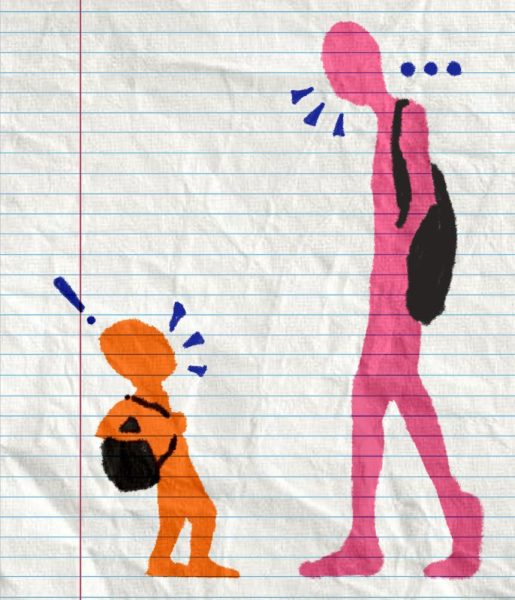Boxing Bonanza – The rise of influencer boxing
April 2, 2023
Boxing had been on the decline for the better part of a decade. With the last major headline fight being Mayweather vs. Pacquiao in 2015, most “premier” boxing matches featured unbeaten fighters punching down on career journeymen in order to pad their record. This is constantly seen in the lightweight division. Top fighters like Ryan Garcia, or Devin Haney avoid fighting each other, opting for easier, less intriguing opponents. The dwindling excitement surrounding boxing combined with the lackluster matchups began starving fans of the excitement they wished to see.
Fast forward to February 4th, 2018. KSI vs. Joe Weller. Following this event, the attention in the fight scene increased. More Youtubers volunteered to step in the ring, taking their fans – an entirely new demographic, and introducing them to the sport. This boom saw popular names such as Jake Paul and Bryce Hall step inside the ring, and slowly the niche subgenre of “influencer boxing” began to make headlines.
Mainstream media was beginning to take notice. Fights were being featured on ESPN, articles were being written on Bleacher Report, and the money and names attached to these events began to skyrocket. One of the catalysts to the current size of this industry was when Floyd “Money” Mayweather, 50 wins – 0 losses, 1996 Olympic Bronze medalist, and “Fighter of the Decade” agreed to fight Logan Paul, a Youtuber with 0 wins and 1 loss, whose sports background only consisted of high school wrestling. While Mayweather clearly won the fight, the event marked a turning point in the sport.
Since then there have been many other cards featuring a slew of celebrities, Youtubers, streamers, etc. all trying their hand in the ring. The names range from rapper, Blueface, to chess grandmaster, Dina Belenkaya. Currently, this subgenre is only getting bigger, securing the attention of industry greats such as Eddie Hearn and Dana White. However, many boxing purists believe its rise is tainting the sanctity of the sport.
Many of the individuals who take part in these events are amateur boxers, who have only boxed for two to three months. These influencers get into boxing with their mind set on the check and the notoriety that comes with participation. They don’t fully understand the risks and don’t have the training to properly defend themselves during these matches. Another point that is brought up consistently is the discrepancy in quality and pay. These influencers skip the amateur circuit and launch themselves onto the mainstage without going through what is considered the “proper” track. Harcore boxing fans often complain about the opportunities being given to them over boxers who have been training for years, waiting for their turn.
On the flip side, the influencer boxing scene provides a new audience for boxing. While most don’t understand the nuances of counterpunching, the advantages and disadvantages of being a southpaw, and the strategy behind each boxer, many tune in to see a slugfest. Similar to the attraction of the WWE or a high school brawl, fans tune in for the almost comical actions, and to enjoy the story behind the madness.
The fact of the matter is that influencer boxing is for the fans. With many influencers becoming viable marketing outlets for agents and promoters, it has slowly begun to take over as the mainstream fighting outlet. Although professional boxing will always be more technically sound, watching two individuals run at each other for half an hour is equally as enjoyable.










